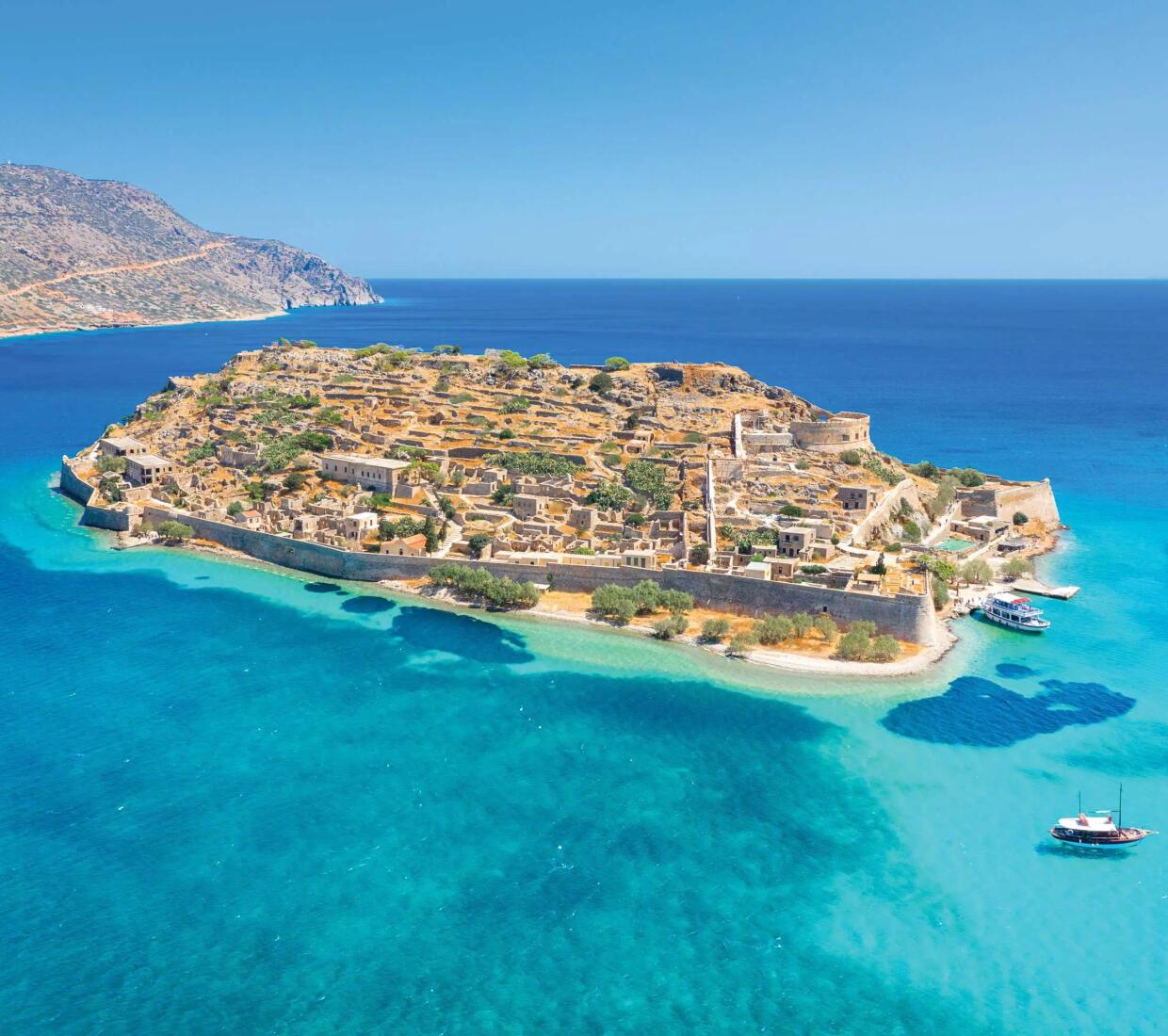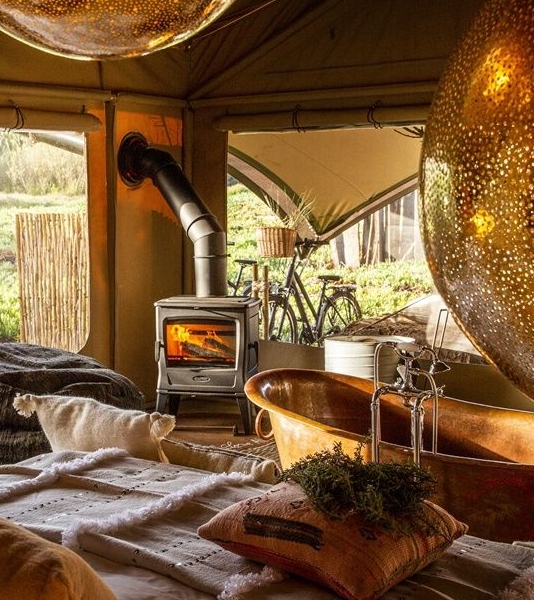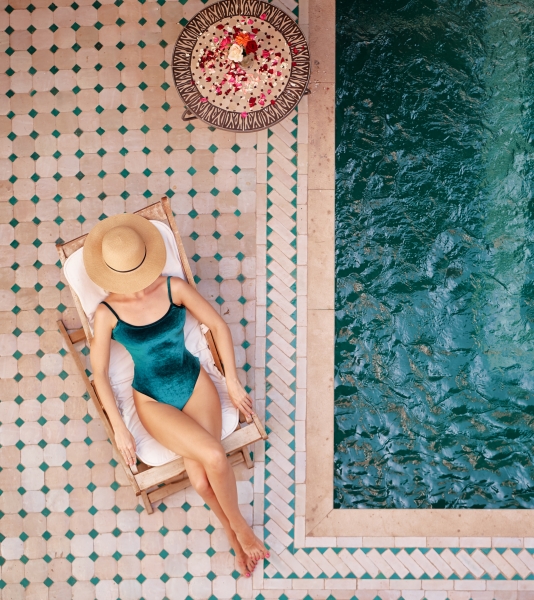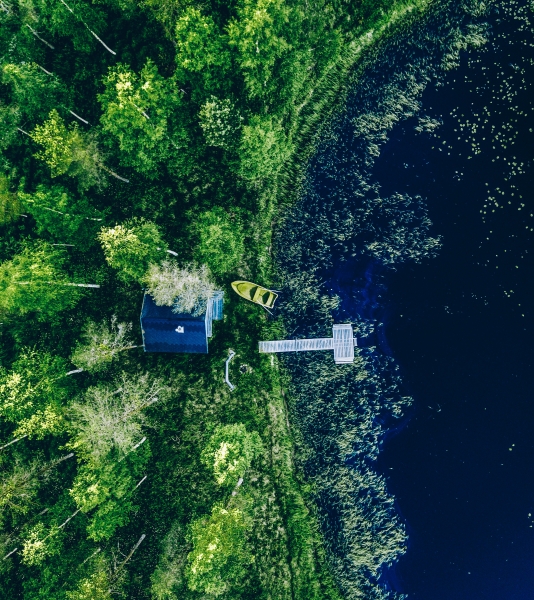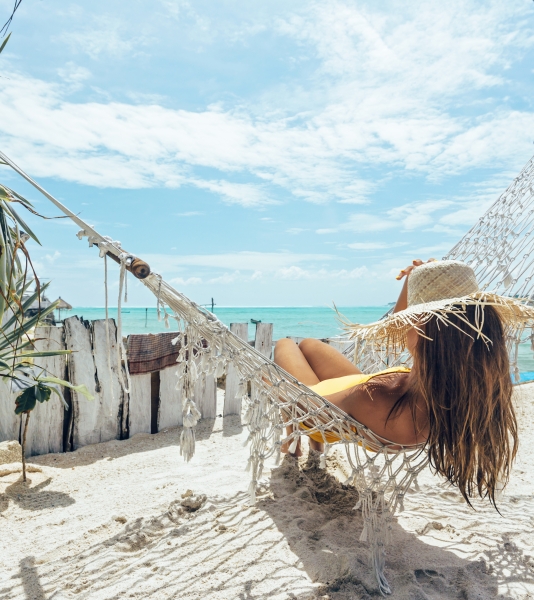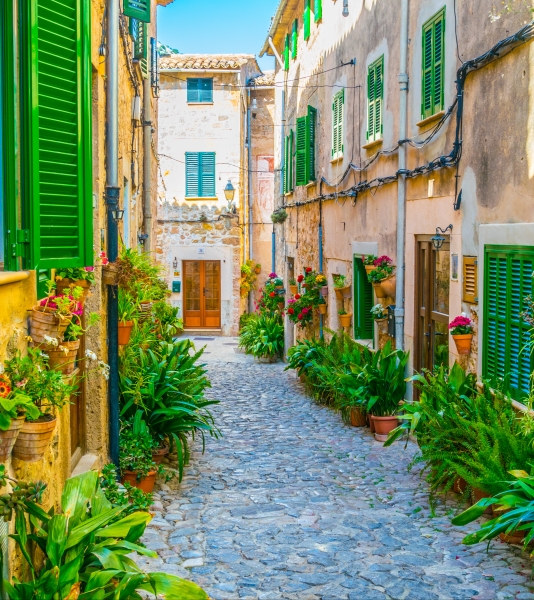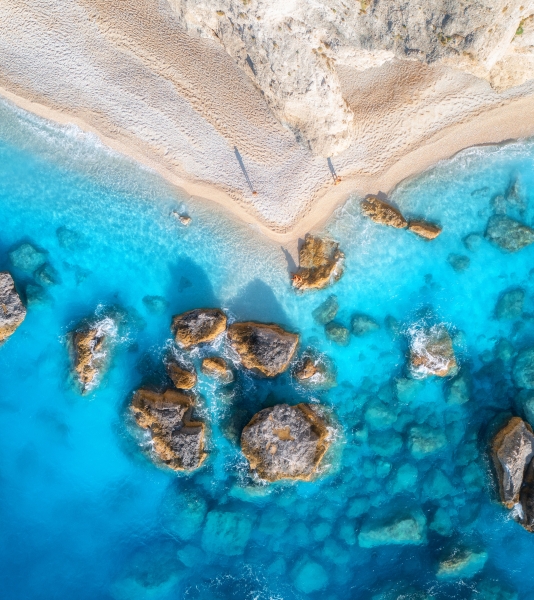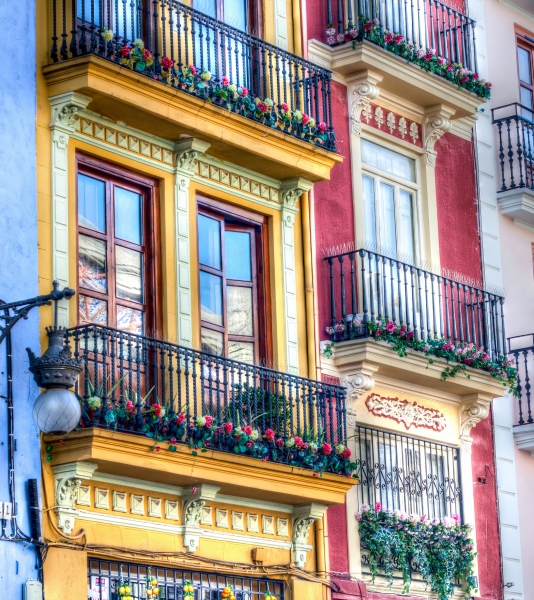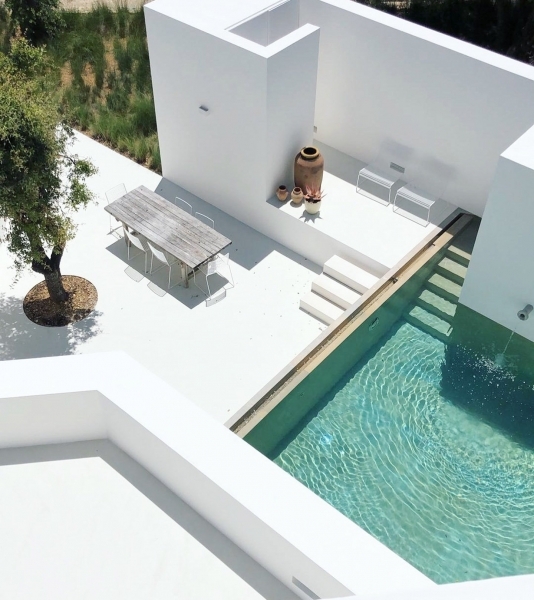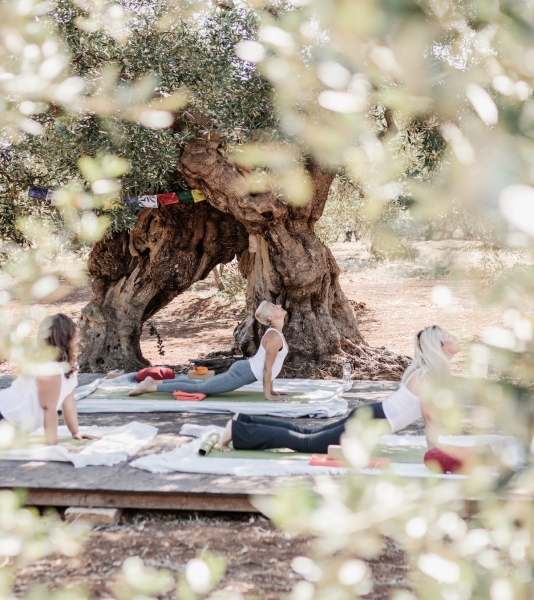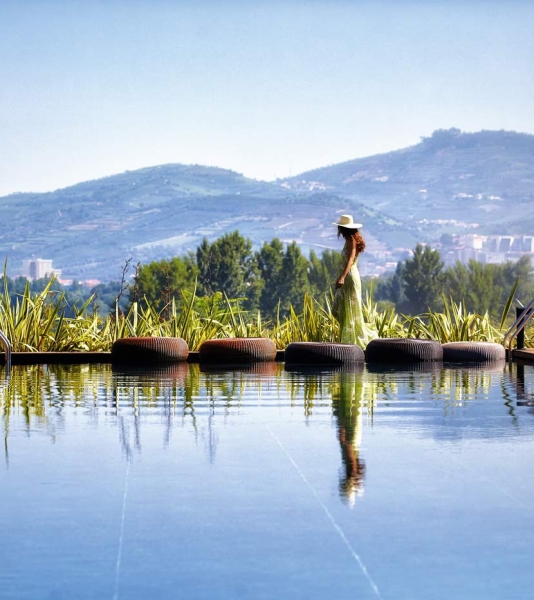Where to stay in Crete - beautiful beaches and Greek mythology
Crete is the perfect place for a holiday full of relaxation and adventure. It has everything a holidaymaker's heart desires: stunning beaches, ancient treasures and picturesque villages where the locals are happy to let you in on their traditions and delicious cuisine. Whether you want the beach on your doorstep or prefer to stay in a traditional village, we have the perfect home for you. Find a suitable accommodation from our list of small charming hotels in Crete, beautiful boutique hotels, beach hotels, holiday homes and cosy bed & breakfasts or contact us for personal advice. Leave the stress of everyday life behind and feel at home!
You can also visit our collections, where we divide our charming accommodations in Crete by themes:
- Sustainable accommodations that protect the environment of Crete
- My pet travels with me to Crete
- Honeymoon and romantic getaways in Crete
- Traveling with family, child-friendly accommodations for families
- Holiday cottages, luxury villas and charming flats in Crete
- Travelling on a low budget, cheap stylish and authentic places to stay in Crete
- Surrounded by nature, country side cottages and rural hotels
Below you will find more information about:
- Where to stay in Crete? Our favourite towns and villages in Crete
- Ideas of things to do in Crete and have a great time
- Gastronomy in Crete: all drizzled with excellent olive oil
Best places to stay in Crete? Our favourite cities and towns in Crete
The region around Chania, the northwest of the island, is a beautiful destination for a visit to Crete. Chania itself is a historic city with Venetian architecture, a beautiful old town and a cute harbour. There are many beautiful squares here, such as the market square with the old Agora market hall and the square around the lighthouse. The many markets with fresh fruit and vegetables and other traditional food particularly stand out - we recommend the impressive Saturday market that runs along the city walls. Stay here in a cosy boutique hotel in Chania like the Serenissima, or enjoy your holiday privately in a fantastically located holiday flat.
A special highlight in the region is Balos beach, which is considered one of the most beautiful beaches on the island. The beach is located on a peninsula and offers a breath-taking view of the surrounding mountains and is surrounded by turquoise water. The beach can only be reached on foot or by boat, which makes it a particularly secluded and quiet place, despite its fame. Nearby, in Kolymvari, you will find the rustic country hotel Elia, which will spoil you with delicious homemade dishes and a spa area.
On the way inland, it is worth stopping in one of the many traditional villages, such as the mountain village of Theriso or Maraveliana. Here you can experience Cretan culture and hospitality first hand and sample traditional dishes such as Cretan lamb and homemade cheese, for example at the picturesque holiday villa Verekinthos.
Further east is the island's third largest city, Rethymno, known for its charming Venetian old town with the Fortezza citadel and Turkish harbour. Stroll through the narrow streets, visit the historical monuments and enjoy the unique atmosphere. A detour to the harbour is a must - here you can taste fresh fish and watch the small boats sailing in and out. For accommodation, we recommend the traditional Veneto Boutique Hotel, which was once part of a monastery.
Not far away, along the coast, is the charming village of Panormos, known for its picturesque beaches and crystal clear waters. Here you can snorkel, dive or just enjoy the sun. The impressive ruined church of Agios Ioannis offers a breath-taking view of the sea. From one of our beautiful small hotels or holiday flats in Rethymno, you can explore the area and switch off in peace.
In the south of Crete you will find some of the most beautiful beaches and bays on the island. Preveli beach is one of the most famous and offers a stunning setting with a gorge leading down to the sea. The region is also famous for its olive oil production. Visit the oil mills that are still in operation today and taste the delicious olive oil. Lentas is a small, less touristy village that enchants with idyllic charm and unique, untouched nature. Indulge in traditional dishes here and relax in our simple but beautiful Casadoria in Lentas. If you need a break from the beach, visit the village of Matala, known for its cave dwellings and hippie past.
To the north is the charming hilltop village of Koutouloufari, with traditional whitewashed houses and narrow streets. Here you can enjoy authentic Cretan dishes in cosy tavernas and look out over the surrounding vineyards and olive groves. You can also visit the nearby aqua park to cool off on hot days or simply jump into the private pool of the elegant Villa Ippocampi.
In 15 minutes you can be in Malia, a lively resort and traditional southern Greek coastal town known for its ancient ruins and beautiful sandy beach. Here you can visit historical sites such as the Palace of Malia and the archaeological museum. In the neighbouring region of Elounda you will find, among others, the towns of Plaka with the ancient ruins of Aptera and the nearby Moni Gouvernetou monastery, as well as the Spinalonga peninsula of Kalydon, whose beaches are deep blue and crystal clear. Stay here in one of our beautiful boutique hotels or enjoy the tranquillity of a private holiday home in Elounda.
In the east of Crete you will find the town of Sitia, known for its authentic historic centre and delicious fish restaurants. It is considered the agricultural centre of eastern Crete and in addition to a large olive grove, there are also plenty of goats and sheep. Ferries depart from here to Karpathos, Kasos, Milos, Rhodes, Santorini and Athens.
Opposite, at the southern end, is the town of Makry Gialos, a picturesque fishing village with the perfect blend of traditional Cretan culture and modern amenities. If you are interested in culture, be sure to visit the nearby archaeological sites of Gournia and Kato Zakros. These sites offer insights into the history and culture of Crete, dating back to Minoan times. If you prefer an outdoor holiday, there are many opportunities for hiking, mountain biking or even climbing in the region of Makry Gialos. The surrounding mountains and gorges offer breath-taking landscapes and adventures for every taste. As a starting point, we recommend one of the beautiful holiday homes, which are optimally located with a view of the sea.
What to do in Crete
If you are travelling in Crete, you should also visit the picturesque Samaria Gorge, the longest gorge in Europe. Here you can hike and enjoy the spectacular natural scenery - a unique experience not only for hiking enthusiasts! The hike through the gorge can take several hours, but the sight of the steep rock faces and rushing streams is definitely worth it. Further east lies the lesser known and therefore less touristy, but at least as beautiful gorge Kourtaliotiko. For hiking enthusiasts, the gorge of Agios Nikolaos is also a great experience.
Another tip is the famous Lasithi plateau, a valley at 900 metres above sea level, surrounded by mountains and lush vegetation. The plateau is known for its windmills, which are still in operation, as well as the ancient dictatorial area where Zeus was born, according to Greek mythology.
If you want to experience even more history, you should visit the ancient monastery of Arkadi, which played an important role during the Ottoman occupation. Here you can visit the museum and learn more about the history of the island. Another sight in this region is the Palace of Phaistos, one of the most important archaeological sites on the island.
Another highlight of the region is Mount Psiloritis, the highest mountain in Crete. Here you can walk, climb or simply enjoy the view. Visit the idyllic village of Anogia at the foot of the mountain, known for its hand-woven carpets and traditional dishes. Here you can also visit the museum of Anogia, dedicated to the Cretan resistance against the German occupiers during the Second World War.
There are many beautiful beaches in the south of Crete, such as the bay of Agia Fotia, known for its crystal clear waters. Kleisidi Beach in the southwest is a small, not heavily populated beach not far from the "Great Waterfalls", where you can also take a dip. In Loutro you will find a beautiful beach with turquoise water. Equally beautiful water but very secluded we recommend Seitan or Kedrodassos beach. A particularly impressive beach is Elafonissi beach, directly overlooking the opposite island. Plakias beach is a green beach with lots of plants.
An insider tip is the village of Sfakia in the south of Crete, which is known for its unique culture and traditional cuisine.
Gastronomy in Crete
When visiting Crete, you should definitely try the traditional Cretan cuisine, such as Cretan lamb and the various olive oils. A very special dinner setting is the monastery of Agia Triada, which has a very special flair at sunset.
You should try these three dishes:
Dakos, a typical Cretan dish consisting of a slice of toasted bread, tomatoes, olive oil and feta cheese. It is a simple and tasty starter or light lunch.
Stifado, a stew usually made with beef or rabbit. It contains onions, tomatoes, spices and often wine. It is usually served with potatoes or rice.
Souvlaki, a Cretan dish consisting of grilled meat (usually pork or chicken) served on skewers. It is usually served with chips or salad.
But of course you shouldn't miss the mezedes, small plates that are usually served as an appetiser. They can include grilled aubergines, fried cheese, fava bean puree and various types of meat and fish.
Our collections
Don’t know where to go? Let our collections inspire you.

